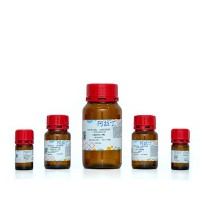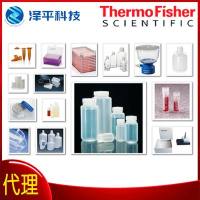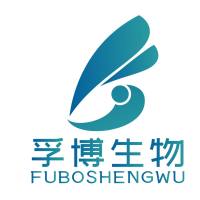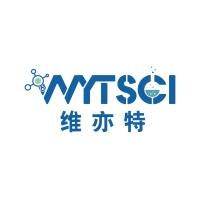Fluorescence Approaches to Growing Macromolecule Crystals
互联网
603
Trace fluorescent labeling, typically less than 1%, can be a powerful aid in macromolecule crystallization. Precipitation concentrates a solute, and crystals are the most densely packed solid form. The more densely packed the fluorescing material, the brighter the emission from it; thus, fluorescence intensity of a solid phase is a good indication of whether or not one has crystals. The more brightly fluorescing crystalline phase is easily distinguishable, even when embedded in an amorphous precipitate. This approach conveys several distinct advantages: one can see what the protein is doing in response to the imposed conditions, and distinguishing between amorphous and microcrystalline precipitated phases is considerably simpler. The higher fluorescence intensity of the crystalline phase led the authors to test if they could derive crystallization conditions from screen outcomes that had no obvious crystalline material, but simply “bright spots” in the precipitated phase. Preliminary results show that the presence of these bright spots, not observable under white light, is indeed a good indicator of potential crystallization conditions.









